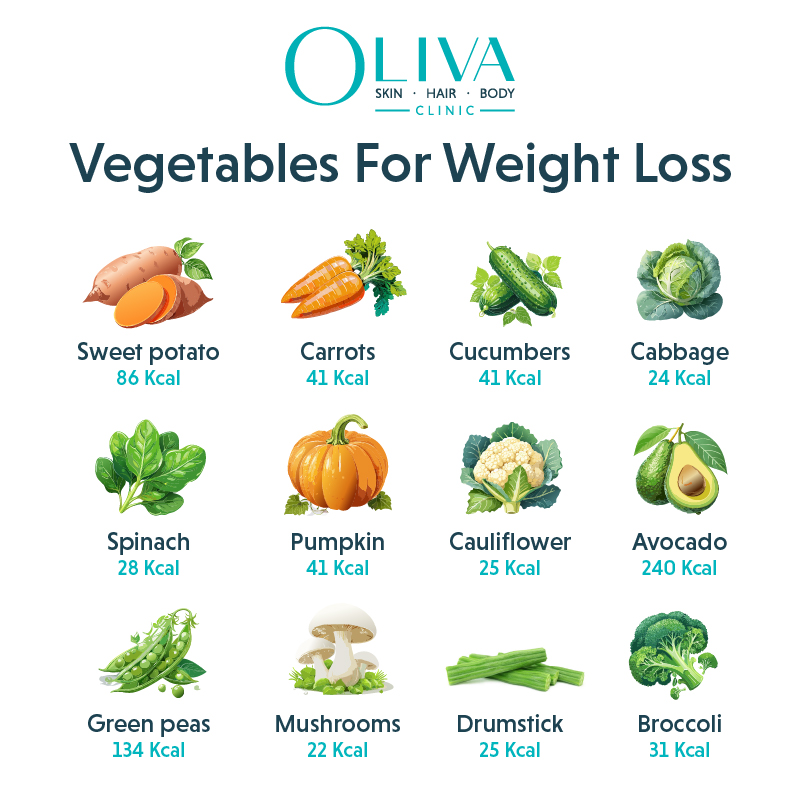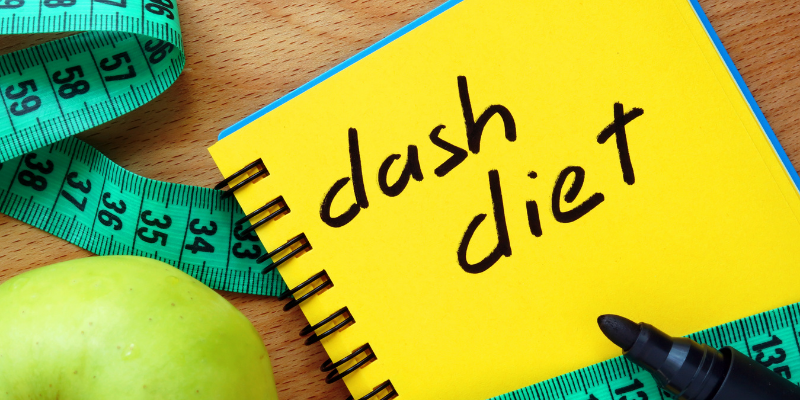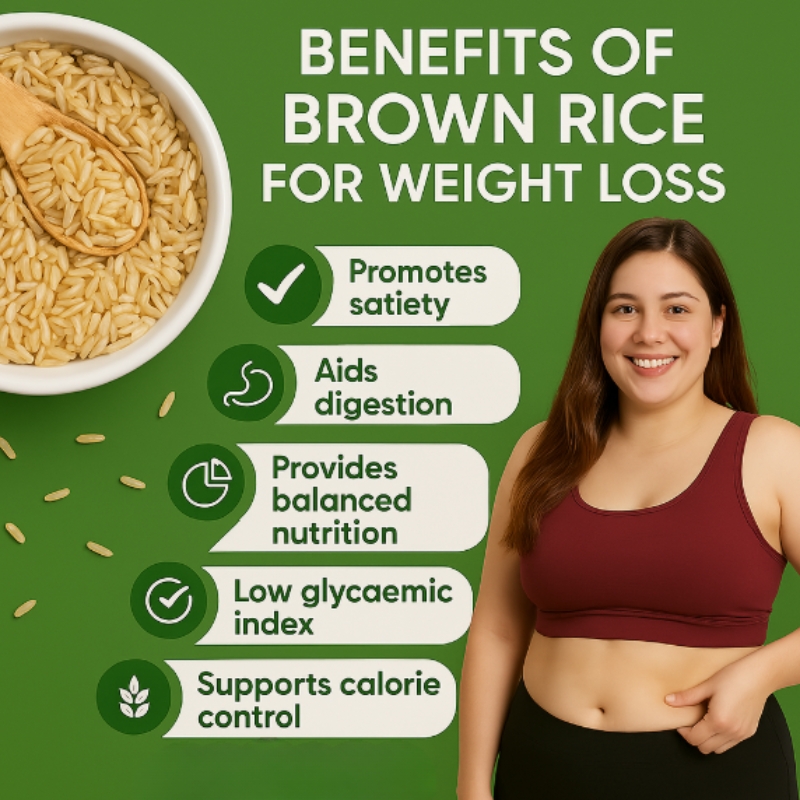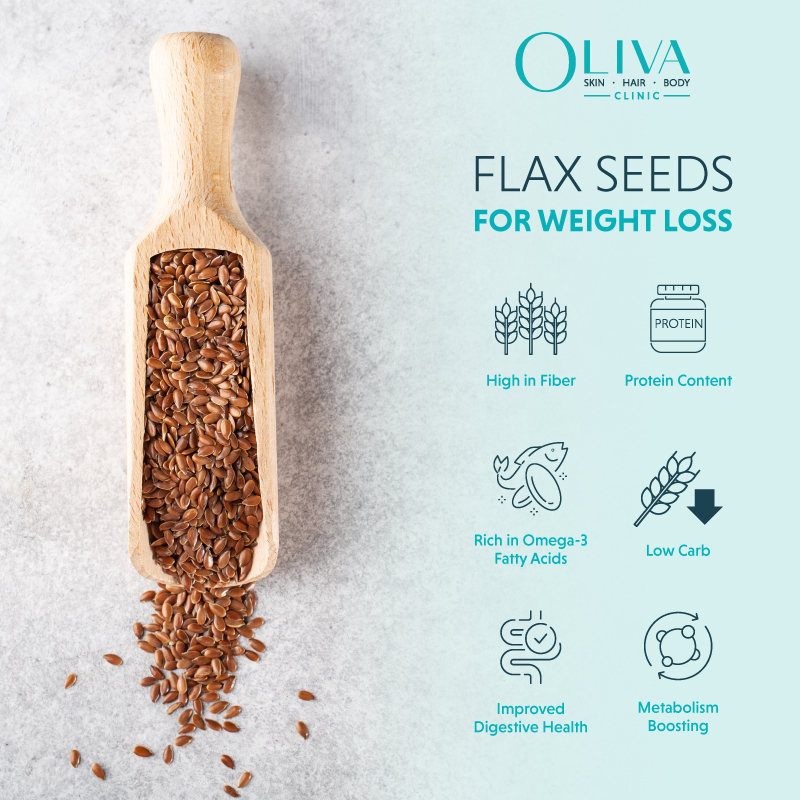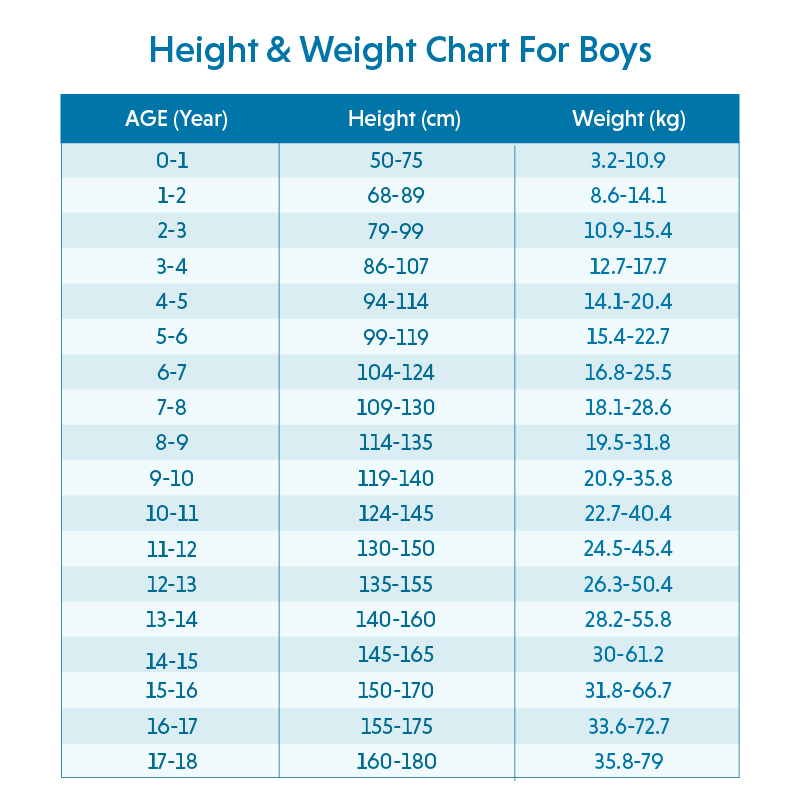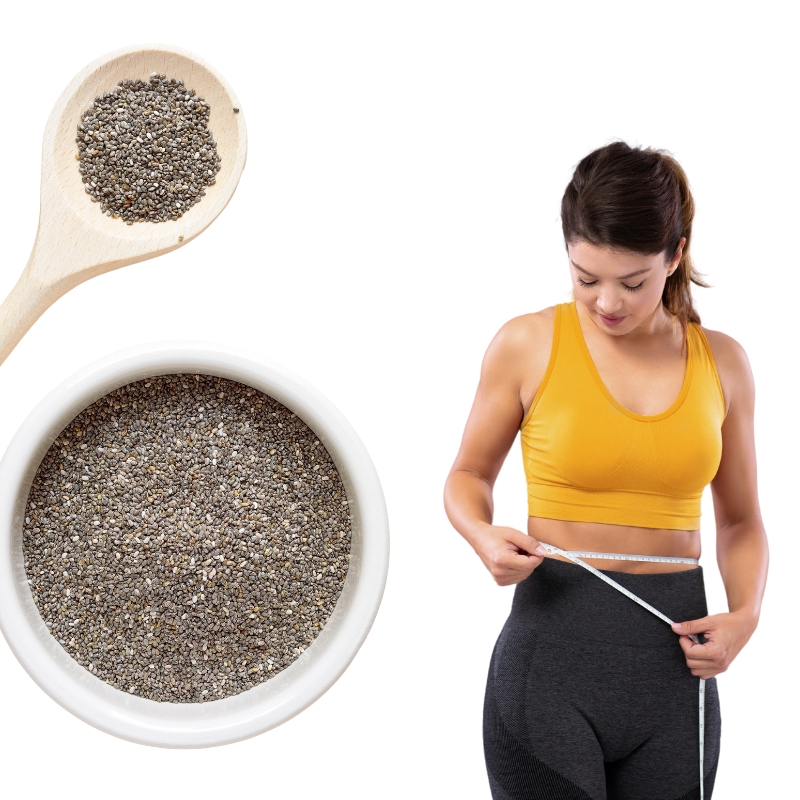Best Vegetables To Eat For Weight Loss – According To Dietitian
Vegetables are an essential component of a balanced diet, especially for weight loss. These super foods are a must-have for those looking to shed extra kilos because of their high nutrient and low-calorie value. Vegetables help in weight loss and maintaining overall health as they are a storehouse of vitamins, fibre, and minerals. Let’s explore the best vegetables for weight loss, their benefits, and how to include them in your diet. Vegetables offer many advantages that make them an important part of any weight loss plan, as they boost metabolism and promote satiety. [1]
Why Vegetables Are Essential for Weight?
Thanks to their unique nutritional profile, vegetables are indispensable for weight loss. You can consume lots of vegetables without worrying about your daily calorie limit. Vegetables are naturally high in fibre which plays a very important role in the weight loss journey. Leafy greens like kale and spinach have only around 20 to 30 calories per cup, making them a great addition to salads or smoothies. It reduces hunger, helps to avoid overeating, and promotes a feeling of fullness. Carrots and broccoli are also excellent options when trying to lose weight. With high nutritional values and low-calorie content, vegetables ensure the necessary nutrients for boosting your overall health. [2]
Vegetables usually have high water content, keeping you full and hydrated. Zucchini, tomatoes, and cucumbers are fantastic examples of vegetables with high water content. Most vegetables have a low glycaemic index, which is beneficial for weight loss. It reduces cravings while maintaining stable levels of energy. Cauliflower and broccoli are particularly effective in this aspect. Rich in antioxidants, vegetables protect your body from inflammation. [3]
Top Vegetables for Weight Loss:
Incorporating a diverse range of vegetables [4] in your diet can transform your weight loss efforts. Here are a few of the best vegetables for weight loss, each with a unique nutritional profile, making it a valuable addition to your diet. [5]
-
Sweet potato:
Nutritional and low in calories, sweet potatoes help in weight loss. One whole sweet potato (about 100 grams) provides approximately 86 calories, 0.1g of fat, 1.6g of protein, 0.1g of carbohydrates, 3g of fibre, and 4.2g of sugar.
How does it help in losing weight?
Sweet potatoes control hunger pangs as they are rich in fibre.
How much quantity to consume?
An appropriate serving size of sweet potato would be 100 to 150 grams.
When to consume?
You can bake, roast or mash sweet potatoes and have them preferably during lunch or dinner.
-
Carrots:
Carrots make a great low-calorie snack option. It has 41 calories, 0.2g of fat, 0.9g of protein, 2.8g of fibre, and 9.6g of carbohydrates per 100 grams. [6]
How does it help in losing weight?
High in fibre and water content, carrots promote satiety while reducing calorie intake.
How much to consume?
You can have around 100 to 150 grams of carrots.
When to consume?
You can eat carrots raw or add them to soups or salads anytime in the day.
-
Cucumbers:
Cucumbers are ideal for weight loss as they are high in water content and low in calories. Every 100 grams contains about 16 calories, 0.7g of protein, 3.6g of carbohydrates, 0.5g of fibre, and 0.1g of fat.
How does it help in losing weight?
Cucumbers promote fullness and reduce calorie intake as they are hydrating and low in calories.
How much to consume?
It is appropriate to consume 100 to 150 grams of cucumbers.
When to consume?
You can eat them as a refreshing snack or consume them raw in salads at least 30 minutes before meals.
-
Cabbage:
Packed with vitamins and fibre, cabbage is a low-calorie vegetable. A-100 gram serving of cabbage contains about 25 calories, 2.5g of fibre, 1.3g of protein, 0.1g of fat, and 5.8g of carbohydrates.
How does it help in losing weight?
Cabbage promotes fullness and reduces calorie intake as it is high in fibre and low in calories.
How much to consume?
It is suitable to eat 100 to 150 grams of cabbage.
When to consume?
Avoid having too close to bedtime. You can cook them in soup and stews or enjoy them raw in salads.
-
Spinach:
Spinach supports weight loss being a nutrient-dense leafy green vegetable. Every 100 grams contains approximately 23 calories, 3.6g of carbohydrates, 2.2g of fibre, 2.9g of protein, and 0.4g of fat.
How does it help in losing weight?
Low in calories and high in fibre, spinach promotes a feeling of fullness.
How much to consume?
100 to 150 grams of spinach is an appropriate serving size.
When to consume?
Early meals such as breakfast. You can add spinach to various dishes or consume it in salads.
-
Pumpkin:
This low-calorie vegetable aids in weight loss. A 100g serving of pumpkin offers about 26 calories, 6.5g of carbohydrates, 0.1g of fat, 1g of protein and 0.5g of fibre.
How does it help in losing weight?
The low-calorie and high-fibre content of pumpkin helps reduce the intake of calories.
How much to consume?
100 to 150 grams of pumpkin is a suitable serving size.
When to consume?
Anytime. You can have pumpkin in soups or roasted recipes.
-
Cauliflower:
Versatile and low-calorie, cauliflower is a weight-loss-supporting vegetable. You will find 25 calories, 0.3g of fat, 4.97g of carbohydrates, 1.9g of protein, and 2g of fibre per 100 grams.
How does it help in losing weight?
Cauliflower has low calories and high fibre, which help us stay full for longer.
How much to consume?
Eating 100 to 150 grams of cauliflower keeps calorie intake in check.
When to consume?
Morning meals like breakfast. Eat raw, roasted or steamed. You can also substitute cauliflower for rice.
-
Avocado:
Despite being high in calories, avocado can support weight loss as it contains healthy fibre and fats. Every 100 grams contains about 160 calories, 2g of protein, 8.5 g of carbohydrates, 6.7 g of fibre, and 14.7 g of fat.
How does it help in losing weight?
Avocado helps feeling full with high fat and fibre content.
How much to consume?
50 to 100 grams is an appropriate quantity of avocado to consume.
When to consume?
Anytime. Have them in salads and smoothies.
-
Green peas:
Nutrient-dense and low-calorie vegetables, green peas help in weight loss. Every 100 grams has about 81 calories, 0.4 g of fat, 14.5 g of carbohydrates, 5.4 g of protein, and 5.1 g of fibre.
How does it help in losing weight?
With a high quantity of fibre and protein, green peas promote a feeling of fullness.
How much to consume?
A serving size of 100 to 150 grams is healthy.
When to consume?
Morning is the best time. You can have it in salads, soup, or as a side dish.
-
Mushrooms:
Mushrooms are ideal for weight loss with high nutrients and low calories. Every 100 grams provides about 22 calories, 0.3 g of fat, 3.3 g of carbohydrates, 3.1 g of protein and 1g of fibre.
How does it help in losing weight?
Mushrooms have low calorie and high nutrient content, which supports weight loss.
How much to consume?
100 to 150 g of mushrooms is a good quantity.
When to consume?
Breakfast or lunch. Eat mushrooms in soups or salads.
-
Methi (Fenugreek):
Being a low-calorie vegetable, Methi or fenugreek is a great vegetable to add to your meals when it comes to weight loss. A serving of 100 grams of fenugreek contains about 49 calories, 4.3g of protein, 0.9g of fat, 4.1g of fibre, and 6.1 g of carbohydrates.
How does it help in losing weight?
High-fibre and low-calorie content in methi helps feeling full for longer.
How much to consume?
We can consume 100 to 150 grams of methi.
When to consume?
Morning. You can consume methi in stir-fries or curries or as a tea.
-
Drumstick:
Moringa or drumstick is a low-calorie vegetable that helps in weight loss. Every 100 grams contains around 37 calories, 0.2 g of fat, 3.2g of fibre, 2.1 g of protein and 8.5 g of carbohydrates.
How does it help in losing weight?
With high-fibre and low-calorie content, the drumstick supports overall health while promoting satiety.
How much to consume?
Eat about 100 to 150 grams of drumstick to support weight loss efforts.
When to consume?
Morning is the best time to consume it, but anytime is good. Drumsticks in curries or soups are a great option.
-
Bhindi (Lady finger):
Bhindi or Lady Finger, supports weight loss as a low-calorie vegetable. Per 100 grams provides about 33 calories, 1.9g of protein, 7.5 g of carbohydrates, 0.2 g of fat, and 3.2g of fibre.
How does it help in losing weight?
Bhindi helps in feeling full with high content of fibre and low-calorie value.
How much to consume?
100 to 150 grams of bhindi is an ideal serving size to consume.
When to consume?
Breakfast or lunch. Eat it as stir-fried, curry, or soup.
-
Beetroot:
Beetroot supports weight loss being a low-calorie and nutrient-dense vegetable. It contains about 43 calories, 0.2 g of fat, 1.6 g of protein, 9.6 g of carbohydrates, and 2.8 g of fibre.
How does it help in losing weight?
Beetroot promotes fullness and supports overall health with low calorie and high-fibre content.
How much to consume?
100 to 150 grams of beetroot is an appropriate size to consume to help weight loss.
When to consume?
Eat raw, roasted, or add to soups and smoothies in the daytime.
-
Karela (Bitter gourd):
Karela, or bitter gourd, is a low-calorie vegetable that supports weight loss. Each 100 grams will have about 17 calories, 1 g of protein, 3.7 g of carbohydrates, 0.2 g of fat and 2.8 g of fibre.
How does it help in losing weight?
Karela promotes fullness and reduces calorie intake as it contains a good amount of fibre.
How much to consume?
It is good to consume about 100 to 150 grams of Karela.
When to consume?
Anytime. Having karela in juice or curries or stir-fried can aid weight loss.
-
Lauki (Bottle Gourd):
Lauki or bottle gourd supports weight loss being a low-calorie vegetable. Every 100 grams provides approximately 15 calories, 0.1 g of fat, 3.4 g of carbohydrates, 0.6 g of protein and 0.6 g of fibre.
How does it help in losing weight?
With high water and low-calorie content, lauki promotes fullness.
How much to consume?
Consuming 100 to 150 grams of lauki is an appropriate serving size.
When to consume?
Morning or at least a few hours before bedtime. Have lauki in soups, juices, or in curries.
-
Broccoli:
Brocolli is a low-calorie, nutrient-dense vegetable ideal for weight loss. Every 100-gram serving provides approximately 34 calories, 0.4 g of fat, 2.8 g of protein, 6.6 g of carbohydrates, and 2.6 g of fibre.
How does it help in losing weight?
Broccoli promotes fullness due to its high fibre and nutrient content.
How much to consume?
Consuming 100 to 150 grams of broccoli is an appropriate amount of serving size.
When to consume?
Breakfast or lunch. Broccoli steamed, roasted or raw is an ideal weight-loss food.
Takeaway
When trying to lose weight having a smart strategy is helpful in the long run. One powerful way of achieving and maintaining weight loss is by adding a diverse range of vegetables to your diet. [7] They make an excellent choice for those trying to lose weight as they are high in essential nutrients and low in calories. By having these weight-loss vegetables consistently, you can enjoy a nutrient-rich diet that supports your weight-loss efforts. Remember to incorporate a variety of vegetables to ensure a broad spectrum of essential nutrients in your meals for better health. [8]
Frequently Asked Questions On Vegetables For Weight Loss
Q1. What Vegetable Is Good For Weight Loss?
A1. Cucumbers, spinach, and carrots are great for weight loss with high fibre and low-calorie content. [9]
Q2. Which Vegetables Burn Belly Fat?
A2. Spinach and broccoli burn belly fat by lowering overall calorie intake and promoting fullness. [10]
Q3. How Many Vegetables Should I Eat Daily For Weight Loss?
A3. Try to consume at least five servings of vegetables every day for healthy weight loss.
Q4. Does Cabbage Help In Weight Loss?
A4. Yes, cabbage is effective for weight loss because it is low in calories and high in fibre.
Q5. Are Carrots Good For Weight Loss?
A5. Yes, due to low calorie and high fibre content, carrots are an excellent choice for weight loss.
Q6. How To Include More Vegetables In My Diet?
A6. To increase your daily intake of vegetables, add them to soups, salads or snacks.
Q7. Can I Eat Vegetables At Night For Weight Loss?
A7. You can have vegetables at all times, including at night.
Q8. Can I Lose Weight By Eating Vegetables Only?
A8. Vegetables are a great part of a weight loss regimen. However, a balanced diet should include other food groups, which are very important for overall health and nutrition.
Q9. What Happens If I Only Eat Vegetables?
A9. Depending only on vegetables may lead to concerns like nutrient deficiency and low energy levels. Therefore, a balanced diet with all the important food groups is vital for optimal health.


